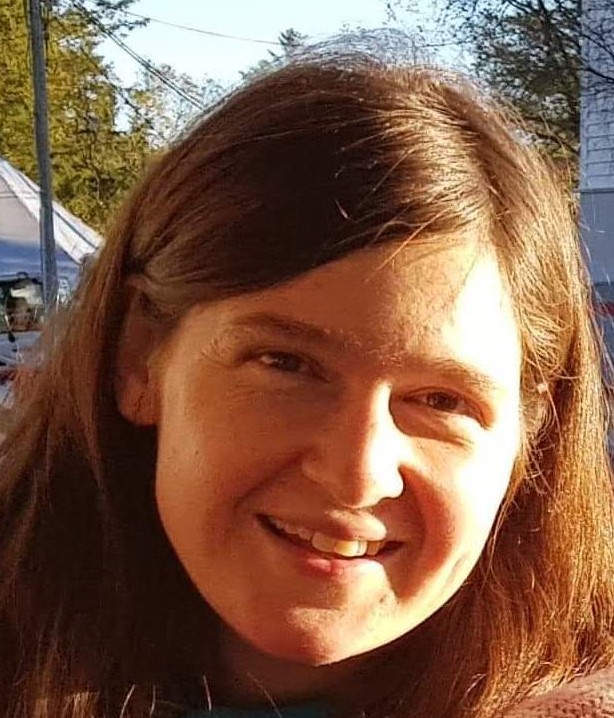
Short biography:
I've been working at the Nansen Center since 2008, when I started my PhD investigating water masses in northern seas and their transformation in climate models.
More than ten years after, I'm still happy about water masses, how they evolve, circulate, and lead to predictability in northern seas. Last time I held a BCCR seminar (in 2014!), I presented work from the warm side of the Nordic Seas, focusing on the skill of climate models to predict temperature anomalies. This time, I will present very fresh results from the cold side of the Nordic Seas, using a quarter degree NorESM.
Abstract:
A large amount of freshwater is carried southward with the East Greenland Current, starting in the Fram Strait, and exiting in the Denmark Strait to the North Atlantic Ocean. In this study, our main purpose is twofold: firstly, to quantify the amount and variability of liquid freshwater that enters into the deep basins of the western Nordic Seas; the Greenland Sea and the Iceland Sea, and secondly, to investigate the influence of freshwater on the water mass formation in the Greenland Sea. For this, we use a quarter degree forced global ocean-sea ice model for the time period 1973-2004, utilising the Norwegian Earth System Model (NorESM).
We find a substantial liquid freshwater transport into the deep basins, with large fluctuations from one year to another. The variability in this freshwater transport is not aligned with the variability of the freshwater transport in the Fram Strait. What is then controlling the variability, and how is freshwater influencing the deep basins? At the seminar, I'll give some suggestions to this, which is based on the model results from NorESM.
Arranged date for the seminar talk: Feb 25, 2019
Place: BCCR Lecture room 4020, Jahnebakken 5
